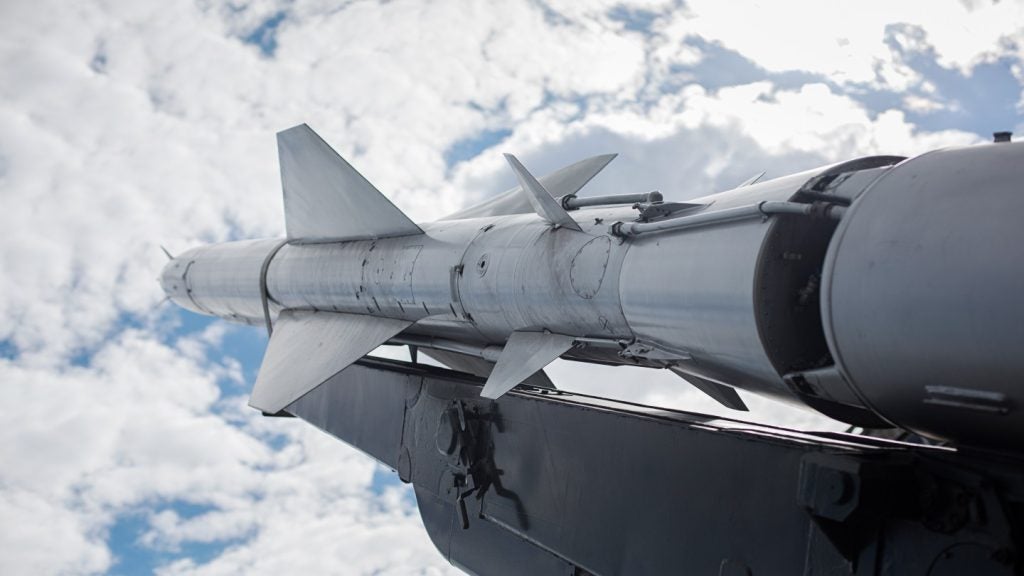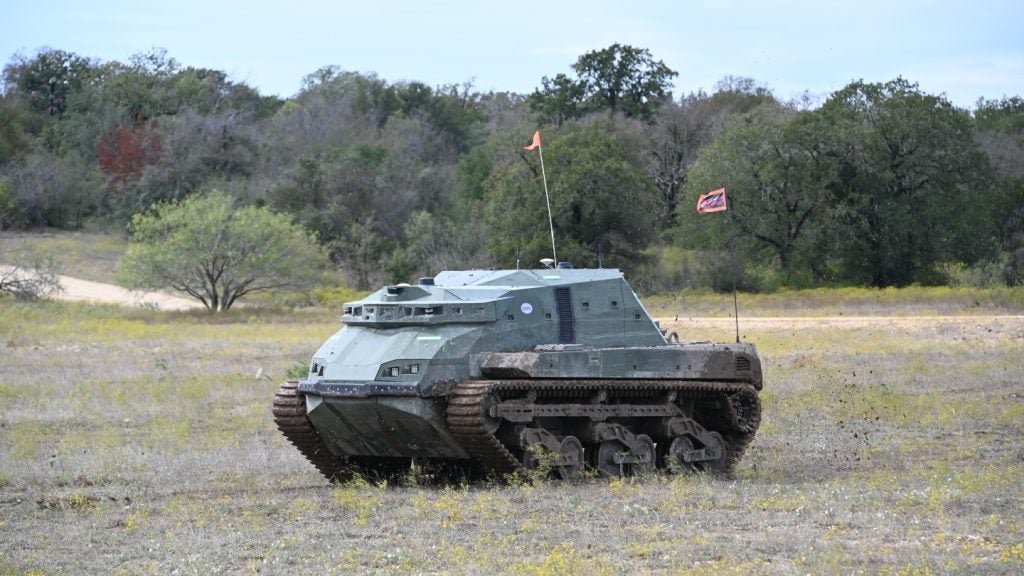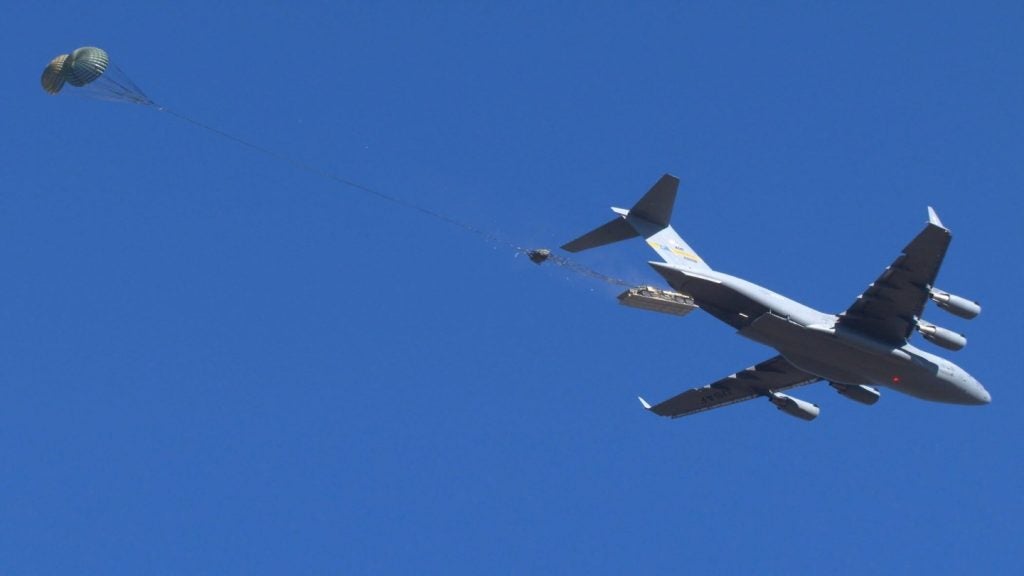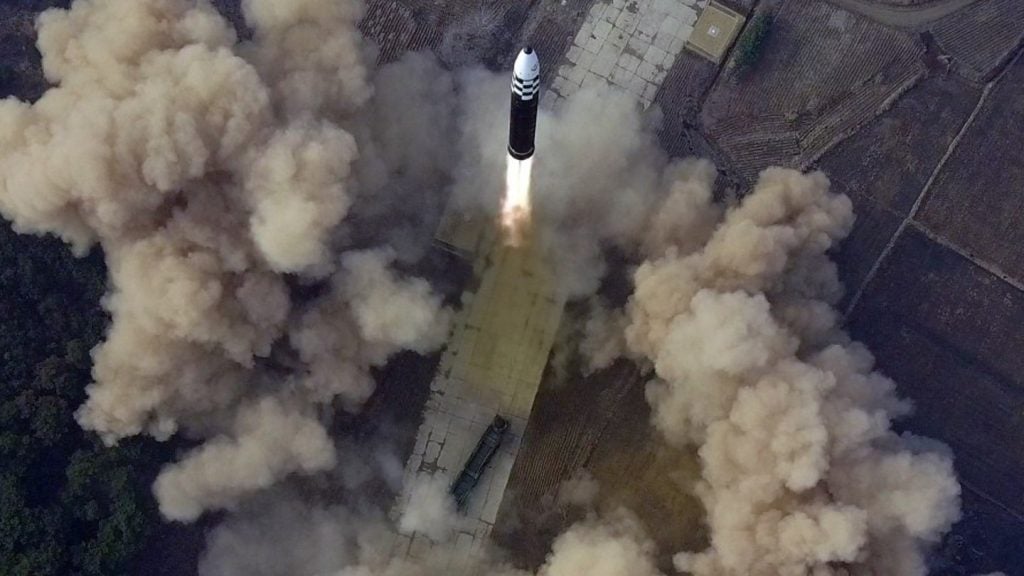The Supacat protected vehicle 400 series (SPV400) has successfully completed a fourth round of blast tests at UK test ranges.
The Supacat SPV400 is the contender for the Ministry of Defence’s (MoD) £200m ($311.2m) light protected patrol vehicle (LPPV) programme to replace the British Army’s Snatch Land Rover fleet.
During the tests, the vehicle successfully demonstrated its enhanced protection levels and was also quickly repaired after the blasts.
The blast tests used automotive and protected composite crew pod systems to collect and analyse the test data.
The Supacat SPV400 is a 7.5t light patrol vehicle specifically designed to protect UK troops from IED threats in Afghanistan.
See Also:
The vehicle features an integrated blast and ballistic protection system, a protected all-composite crew pod and a V-shaped hull.
How well do you really know your competitors?
Access the most comprehensive Company Profiles on the market, powered by GlobalData. Save hours of research. Gain competitive edge.

Thank you!
Your download email will arrive shortly
Not ready to buy yet? Download a free sample
We are confident about the unique quality of our Company Profiles. However, we want you to make the most beneficial decision for your business, so we offer a free sample that you can download by submitting the below form
By GlobalDataIt can accommodate a crew of six and can reach speeds of up to 80mph on desert plain. It allows quick in-theatre repair, enhancing operational availability in the battlefield.
The UK MoD is expected to order an initial batch of 200 vehicles under an urgent operational requirement. The will be scheduled to enter service in early 2011.







